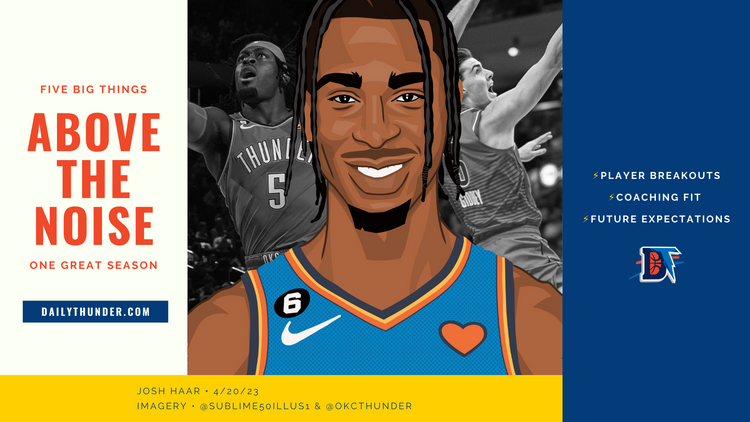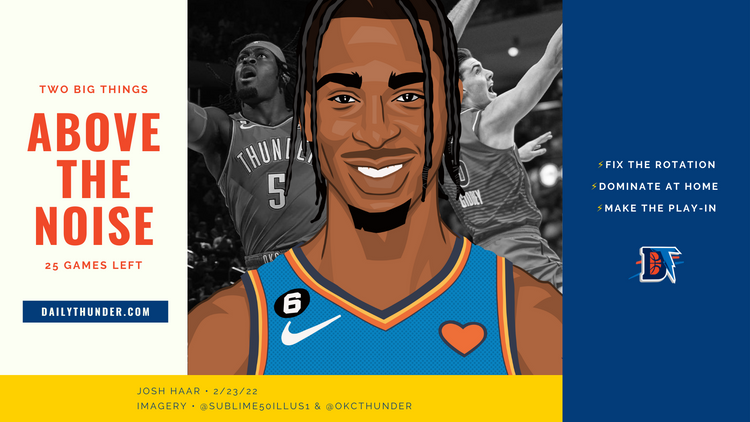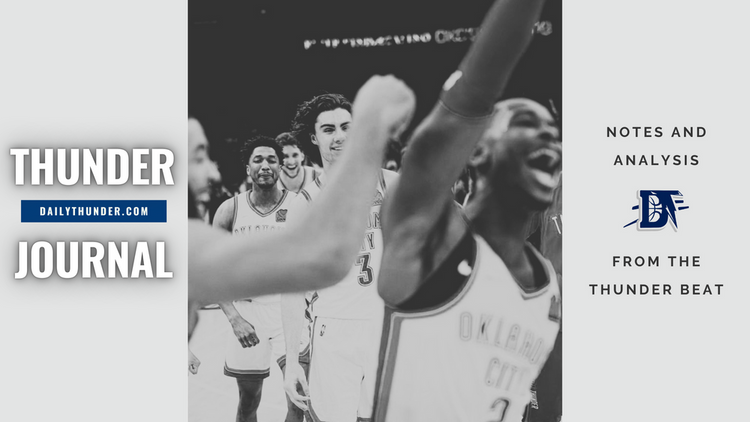Above the Noise: Where to Play Shai?

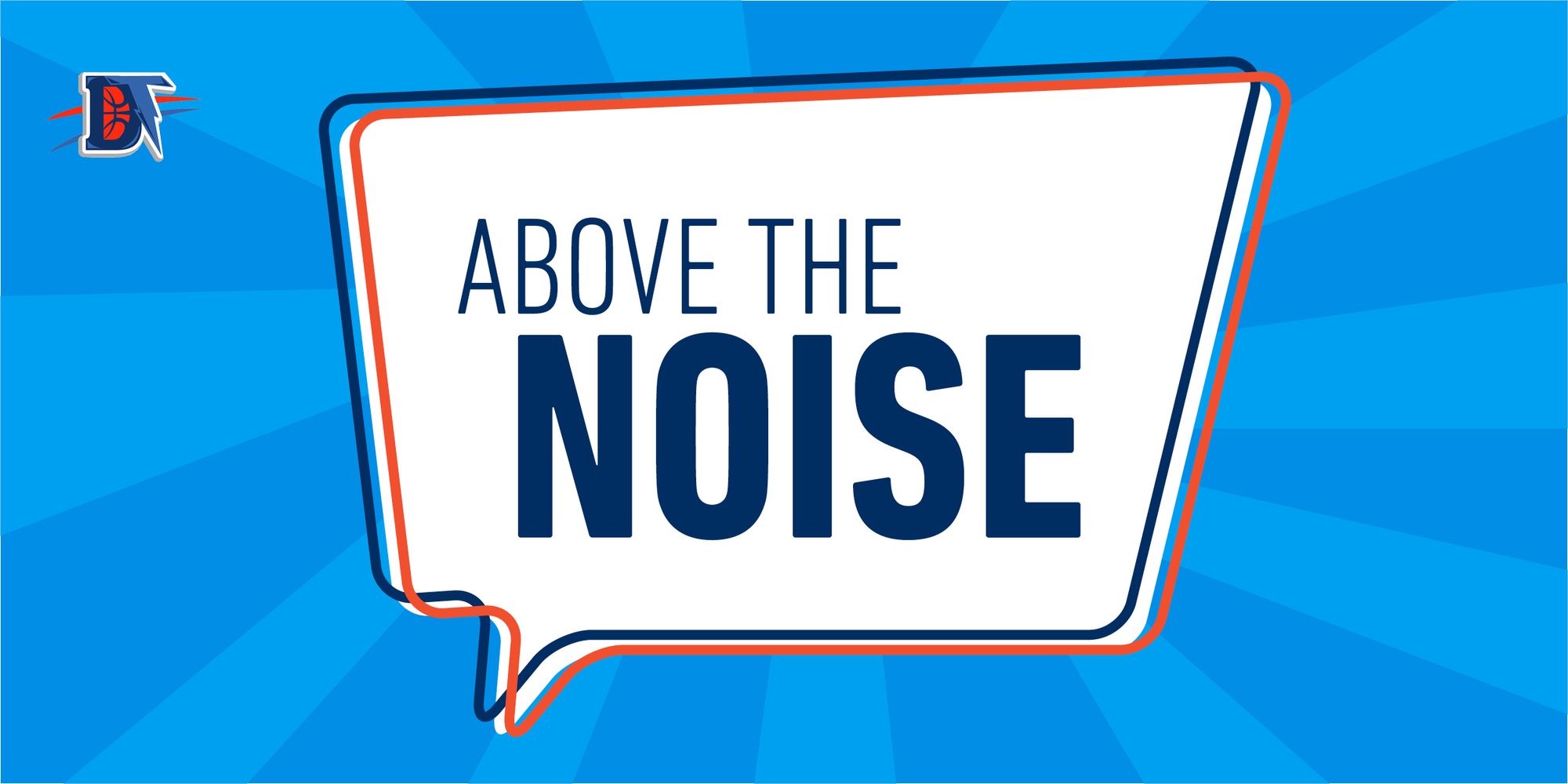
It’s no secret that Shai Gilgeous-Alexander has talent oozing out of his fingertips.
The young phenom joined OKC in a deal that is starting to look more and more like a highway robbery on the part of Sam Presti. His growth all season has been documented by many, especially here at Daily Thunder.
We have seen him add a larger scoring punch to his game. He has shown a glimmer of playmaking ability. And with Chris Paul and Dennis Schröder taking up minutes at the lead guard spot, Shai has shown the world just how versatile he can be on the floor when asked.
But there’s one unanswered question for Gilgeous-Alexander: Does he have what it takes to be the point guard of the future, or is he going to be the off-ball scorer we saw this season? As the game moves toward its positionless model, figuring out where Shai best fits as an offensive player is essential for the Thunder’s inevitable rebuild.
Point guard origins
When Gilgeous-Alexander played under Doc Rivers for the Clippers, he saw a majority of his minutes come while functioning as a somewhat primary ball-handler on the floor.
The lineup of Marcin Gortat, Danilo Gallinari, Avery Bradley, Tobias Harris, and Gilgeous-Alexander played a total of 349 minutes together during the 2018-19 season.
The second most utilized Shai lineup included Patrick Beverley, Gallinari, Landry Shamet, Ivica Zubac, and Gilgeous-Alexander. That group played 254 minutes together over the season.
Shai wasn’t exactly coupled with a dominant ball-handler in Los Angeles. Rivers utilized him, mostly, as an offensive guard paired with a defensive-minded wing stopper. And often Gilgeous-Alexander wasn’t on the floor at the same time as Lou Williams, who is known to dominate the ball and covets creation out of the pick and roll.
As a result, Shai averaged 10 points per game, 3.3 assists, and 1.7 turnovers as a rookie. Rivers empowered him to make decisions and, with his length, size, and craftiness around the basket, he produced at a higher level than many expected. SGA showed an inclination to be a score-first player, rather than setting up his teammates. This simply means he somewhat fits the mold of what we expect out of a point guard in the 21st century.
Shifting in OKC
Once Shai landed in OKC, most of what he knew in his rookie season changed. He played off the ball more, ceding offensive creation to Chris Paul, and at times, the scoring inclined Schröder.
The top four lineups Gilgeous-Alexander played in for Oklahoma City all featured Paul and/or Schröder as the guard alongside him. And throughout the season, former Thunder coach Billy Donovan often played all three at the same time, resulting in a new wrinkle added to Gilgeous-Alexander’s game that fans hadn’t seen before.
The famed three-guard lineup became OKC’s closing group. With the offensive firepower of the three-headed monster in Paul, Schröder, and Gilgeous-Alexander, the lineup carried the best Net Rating for the Thunder all season. Its effectiveness came in the form of having great decision-makers all over the perimeter, each guard with a capable shooting stroke and decent-to-great playmaking abilities when the team needed it most.
The intriguing aspect of the 2019-20 season for Shai was that it showcased his versatility as an offensive player. During the moments where Chris Paul relinquished control of the team over to Shai, he could create and explore his offensive repertoire.
He became a proven scorer. And yet what lagged was his ability to be a proven playmaker through making his teammates better, consistently.
By the numbers
A minutes per game increase (26.5 to 34.7) and change in role led to a rise in Shai’s scoring output, from 10 points per game to 19 in the 2019-20 season. That scoring increase is to be expected. He was given the green light to shoot and create offense for himself, something he didn’t necessarily have as a rookie in Los Angeles playing alongside veterans and for a coach who has a history of limiting rookie responsibilities on the floor.
Despite playing off the ball more due to Paul’s prominence, his usage rate went up five percentage points–18.3 to 23.7–meaning while on the floor, Shai was making more decisions for the Thunder. Paul empowered Shai to do more within the offense. If Shai wanted to close out games scoring, he could: see his 32-point, five rebound, and two steal performance against the Raptors. If he wanted to get others more involved and do other things on the floor, he had the freedom to do so: check his 20-point, 20-rebound triple-double against the Timberwolves as proof of that fact.
Though he was technically off the ball, he became a deciding factor in the Thunder’s offense, whether passing or shooting.
And though there was a rise in usage rate, his turnover rate nearly dropped an astounding five percentage points—from 15 to 10.3. This means as the season wore on, his decision-making process on the floor was effective in his increased opportunities.
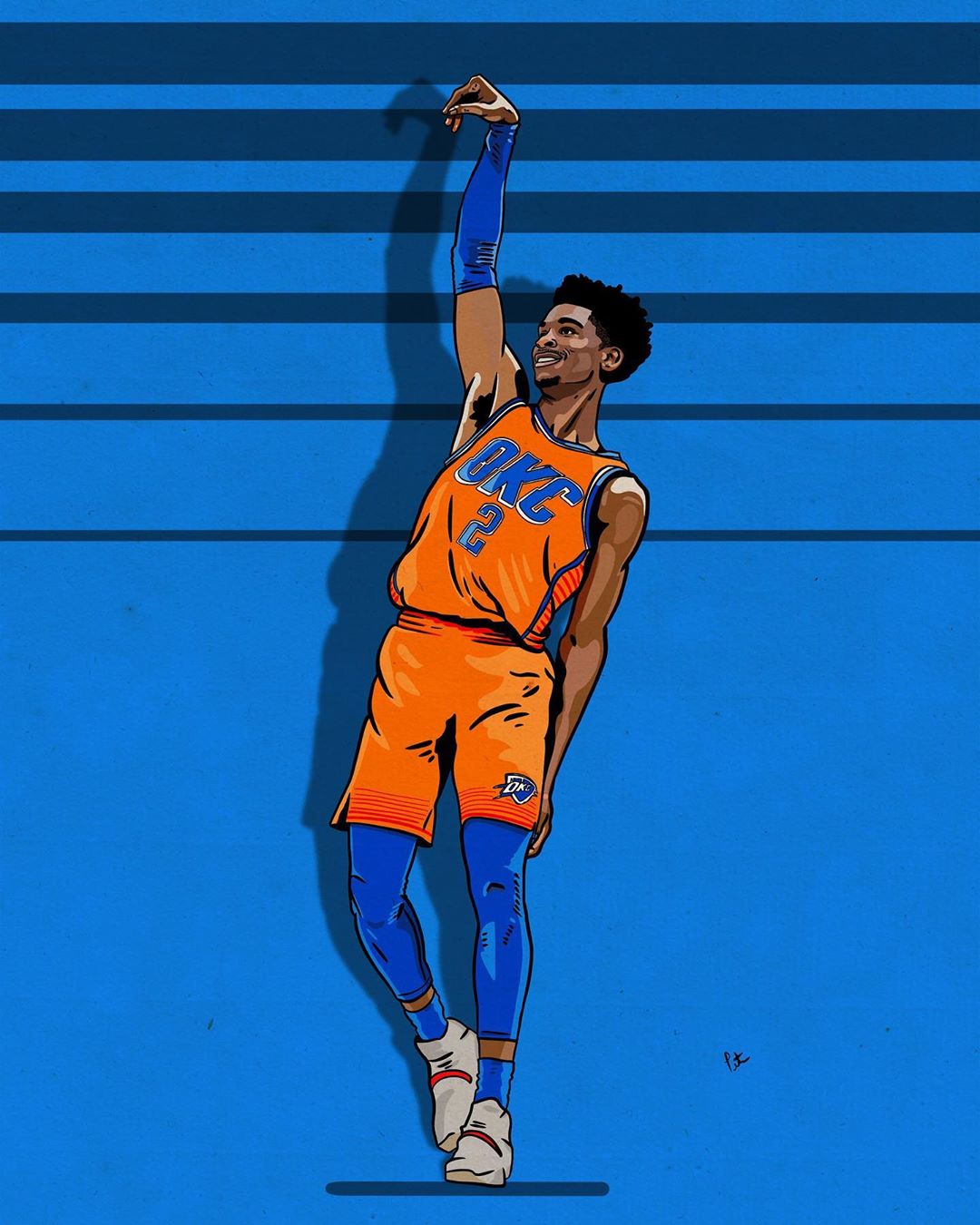
The worrying aspect? There wasn’t a direct increase in his assists per game numbers. That stood still at 3.3 per game. To compound those playmaking worries, Shai’s assist percentage also dropped from 17.8 percent to 15.2.
However, to look solely at the numbers and say he isn’t an improved passer from his rookie season would undersell how much he’s grown in limiting total turnovers. Some of that dip should also be expected since he was playing alongside two other point guards in Paul and Schröder. He isn’t a naturally transcendent playmaker at the guard position; those who are are few-and-far-between in this game. Instead, he is a guard who aims to score in bunches and can make the right decisions when it’s time to find open teammates in scoring positions. He doesn’t hesitate to make the obvious, correct play, whether that be an open shot or pass, but to be the point guard of the future he has to be able to make the second level reads on his defenders.
We have seen some young players have this innate ability, as though they were born to pass the ball. Guys like Ben Simmons and Luka Doncic come to mind, but Shai’s game isn’t their game. And for the young Thunder guard, his passing instinct and ability is something that should develop with time in the NBA.
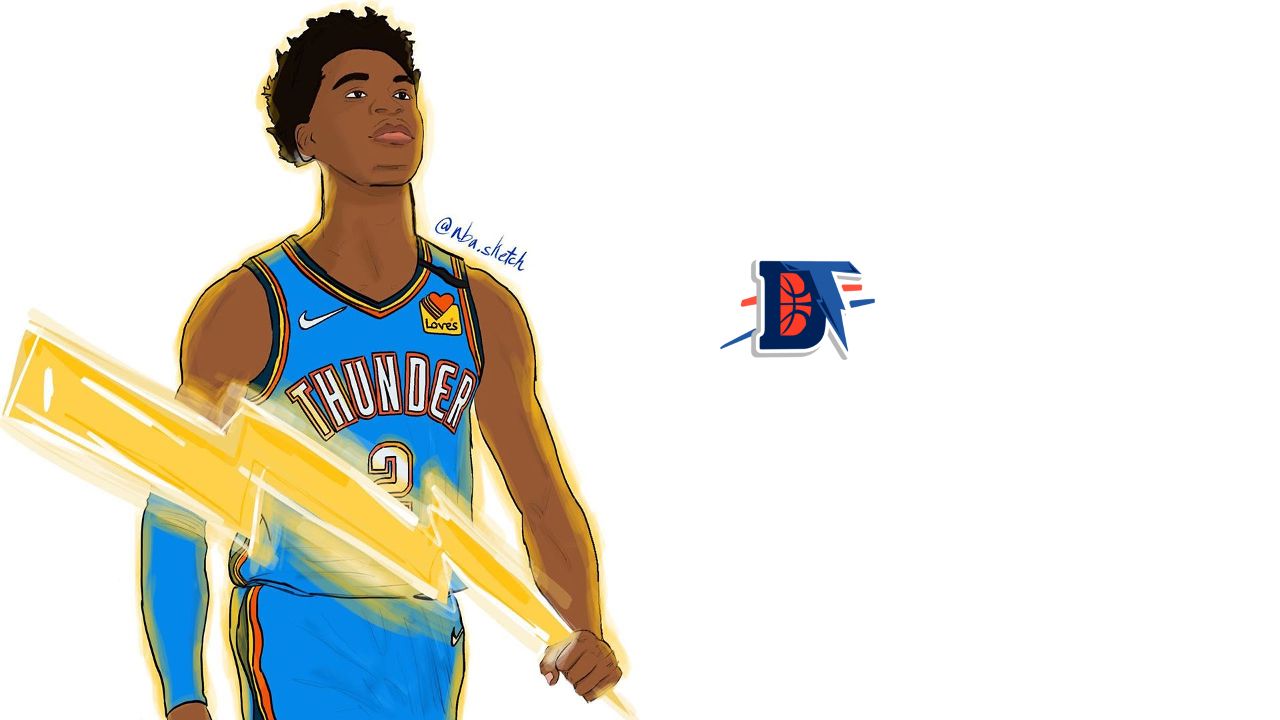
Where should SGA play?
This is the most enticing aspect of Shai’s game. He is so versatile, with both size and shooting, that he can effectively play 1 through 3 on the floor.
We saw that this season when Donovan featured that three-guard lineup to close games. In those units, Shai was essentially playing the 3 on the floor and wasn’t giving up too much because of his length.
To state the obvious, he is positionless. And that is a nice change of pace from the previous decade of Thunder basketball when it comes to the guard position. His fluidity and ability to play any guard spot on the floor offered flexibility Thunder fans hadn’t seen in the Russell Westbrook era. Though Westbrook was a superb playmaker, his poor shooting made him difficult to play off-ball. His MVP season proved to be an anomaly to this rule because it was his first career season with near-average shooting splits: his 31 points per game came on 46 percent from the field and 34 percent from the three-point line. In the subsequent years, he proved that regardless of how relentless his attacks to the rim were, he couldn’t keep the defense honest in guarding his midrange jump shot and reckless pull-up threes.
In turn, Gilgeous-Alexander is a threat off-ball. His competent three-point shooting forces defenses to play him as an actual threat from outside. He forced teams to guard all three positions on the perimeter. He also remained highly involved in the offense, even when the ball wasn’t in his hands.
He offers the Thunder a different way to win. And this way of winning doesn’t feature an uber-ball-dominant guard that can’t do much else other than force-feed bigs for contested layups or missed bunnies at the rim, resulting in a frustration foul on the other end.
Shai adds fluidity to the Thunder offense, regardless of who runs it, and regardless of where he lines up on the floor.
What is SGA?
Gilgeous-Alexander is just a perimeter player, and I think we should leave it at that.
He doesn’t possess the natural athleticism or playmaking ability we see from elite point guards today, nor does he fit the traditional mold of an off-guard in the NBA. And that is not a slight against him, it just means that he is something different–something we have never seen before.
Different is fine. In fact, being different can be great.
Let’s not try to put him in a box, or define his game. He has shown a propensity to surprise everyone who does that. Instead, let’s let Shai just be Shai, whether that means playing on the ball next season or dazzling fans with his off-ball movement and shooting.
If we were to pigeonhole Shai into a specific mold, that means we pigeonhole the rest of the Thunder rebuild. It means defining the team’s future before it is even close to being written.
The NBA is becoming positionless. Shai could be the future mold of perimeter players coming into the league, and every trailblazer is often met with confusion or uncertainty. Think about how we tried to define Magic Johnson, LeBron James, Kevin Durant, Charles Barkley, and so many other atypical greats. Those doing the defining eventually realized you’ve just got to let them play.
Shai is not that level of a player, but he’s a positional renegade daring to add a new wrinkle to the NBA. Where exactly on the floor Gilgeous-Alexander plays next season may still be a mystery. Heck, whether next season tips off in the reasonable future still is still a mystery.
But amidst all the unknowns of the future, along with the Thunder rebuild waiting in the wings, having Gilgeous-Alexander now and in the future is a plus, the rare bit of on-court security for the Thunder. If the Canadian-born star is on the floor, the Thunder are in good hands. That, for the Thunder, is the perfect fit.


